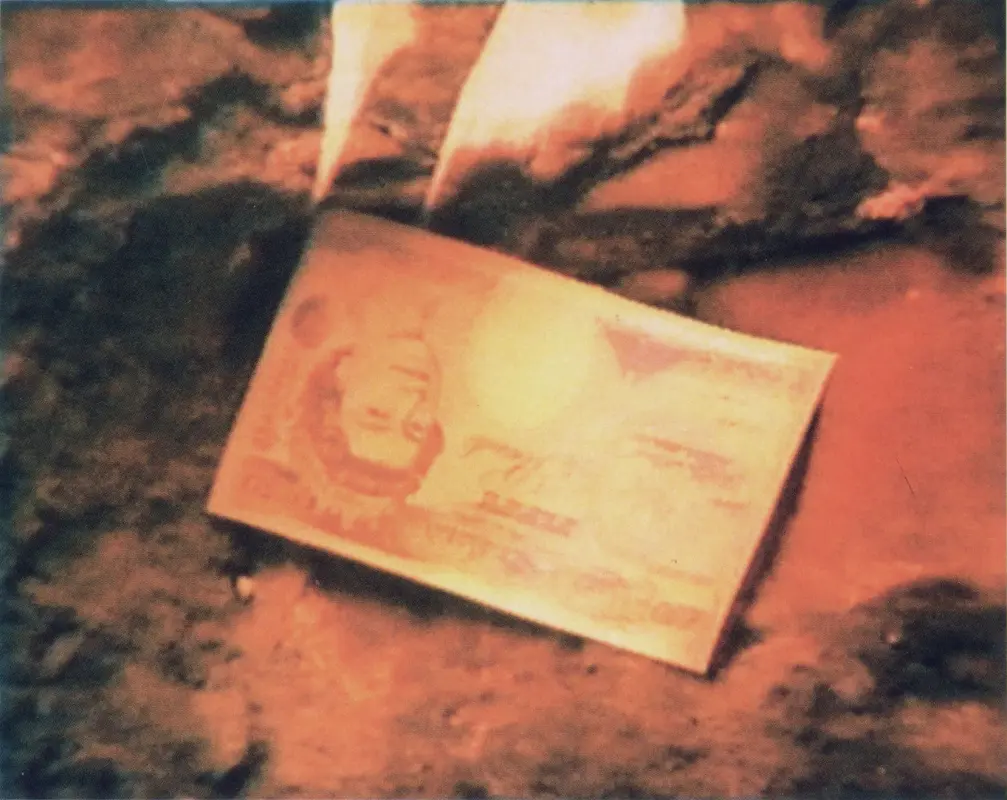“This future of yours Shelmerdine, when it's gonna begin? Today? Or, is it always tomorrow?”Orlando (Sally Potter, 1992)
Jan
24
Billy Zane's birthday

Orlando (Tilda Swinton) and Shelmerdine (Billy Zane) in intimate embrace. DPs: Aleksey Rodionov & Andrew Speller.
A [favourite] Billy Zane film for his birthday (1966).
– Orlando
As ordered by Queen Elizabeth I (Quentin Crisp), nobleman Orlando remains young and traverses exotic scenery, civilisations, time, and gender.
uk
War Machine (Duvet Brothers, 1984)
Jan
21
the passing of Orwell
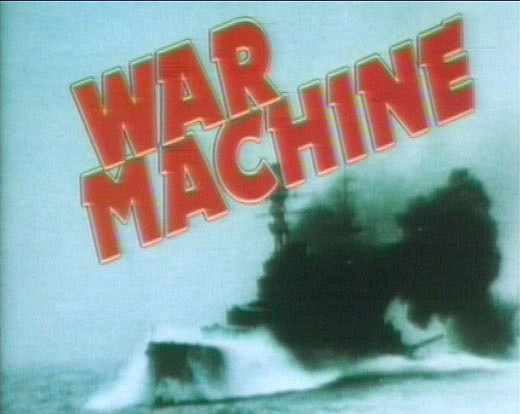
A repurposed TV still of a battle ship billowing thick black smoke with the text WAR MACHINE superimposed over it.
A scratch video from 1984 on the date George Orwell died (1950). Date of production is either 84 or 85.
Tarry-Dan Tarry-Dan Scarey Old Spooky Man (John Reardon, 1978)
Jan
10
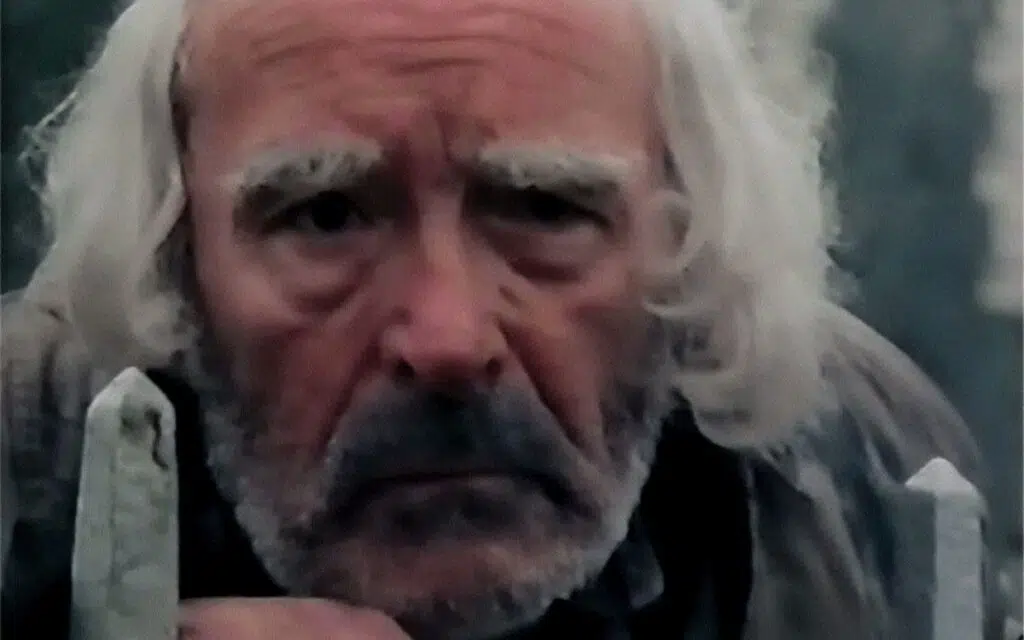
Tarry-Dan (Paul Curran) observing kids at the school's gate. DP: Peter Bartlett.
“There's no clue to the identify of Franz Kindler; except one little thing. He has a hobby that almost amounts to a mania: clocks.”The Clock (Christian Marclay, 2010)
Dec
31
Hogmanay

Prof. Charles Rankin (Orson Welles) during the climax in The Stranger (1946). The clocktower strikes midnight. DP: Russell Metty.
Midnight: it's Hogmanay in Scotland.
– Mr. Wilson
The Clock takes place over – and lasts – 24 hours, with each moment either being shown in a film still or mentioned by characters during a scene. In total, there are over 12 000 scenes edited into Marclay's tour de force.
“What drives me insane is the twofold nature of this nymphet, of every nymphet perhaps, this mixture in my Lolita of tender, dreamy childishness and a kind of eerie vulgarity. I know it is madness to keep this journal, but it gives me a strange thrill to do so. And only a loving wife could decipher my microscopic script.”Lolita (Stanley Kubrick, 1962)
Dec
18
Daniel LaRusso's birthday

Lolita (Sue Lyon) twirling her hoola hoop in the yard in front of Prof. Humbert Humbert (James Mason). He pretends to read but is mostly ogling her.. DP: Oswald Morris .
A backyard, deck or fences for Daniel LaRusso's (the Karate Kid kid who, as part of his martial arts training, endlessly paints fences) birthday.
– Prof. Humbert Humbert
“Heavy boots of lead
Fills his victims full of dread
Running as fast as they can
Iron Man lives again”Black Sabbath – Live in Paris (Jacques Bourton, 1970)
Dec
6
Metal & Beer Fest
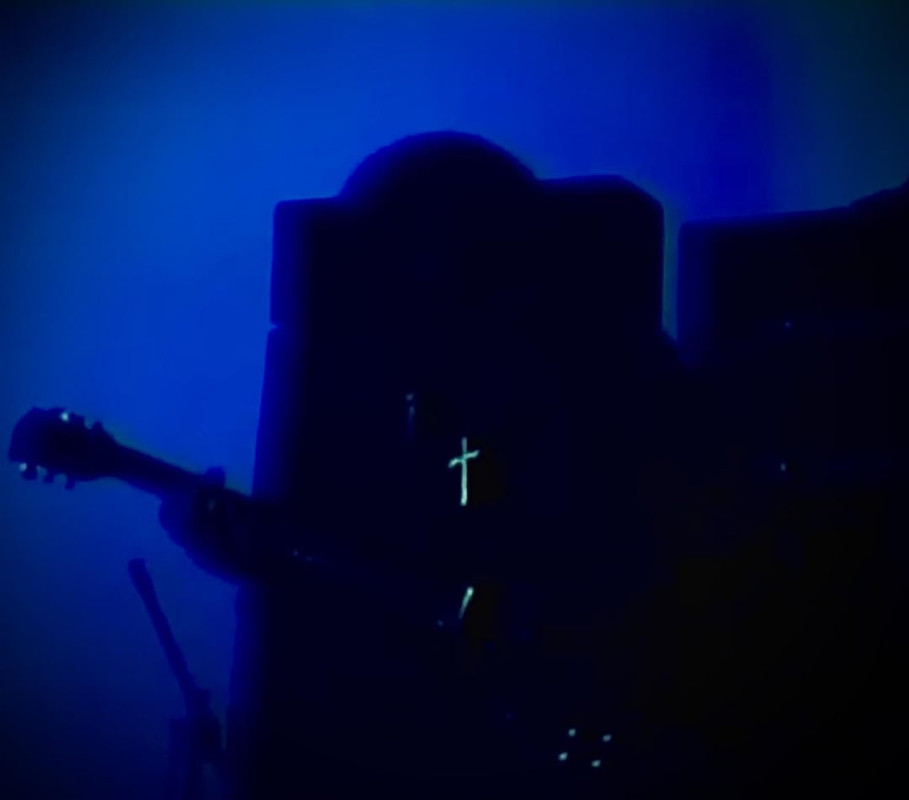
Tony Iommi.
A heavy soundtrack for the Decibel Magazine Metal & Beer Fest: Denver.
– Black Sabbath, Iron Man (1970)
Despite its title, Live in Paris was filmed in Théâtre 140 in Brussels by Yorkshire Television and is Sabbath's first recorded live concert.
”'Junket is junket,' I said, and 'no matter what you do with it, it still tastes like swill and swallows like slime.'”Bunny Lake Is Missing (Otto Preminger, 1965)
Aug
4
junket
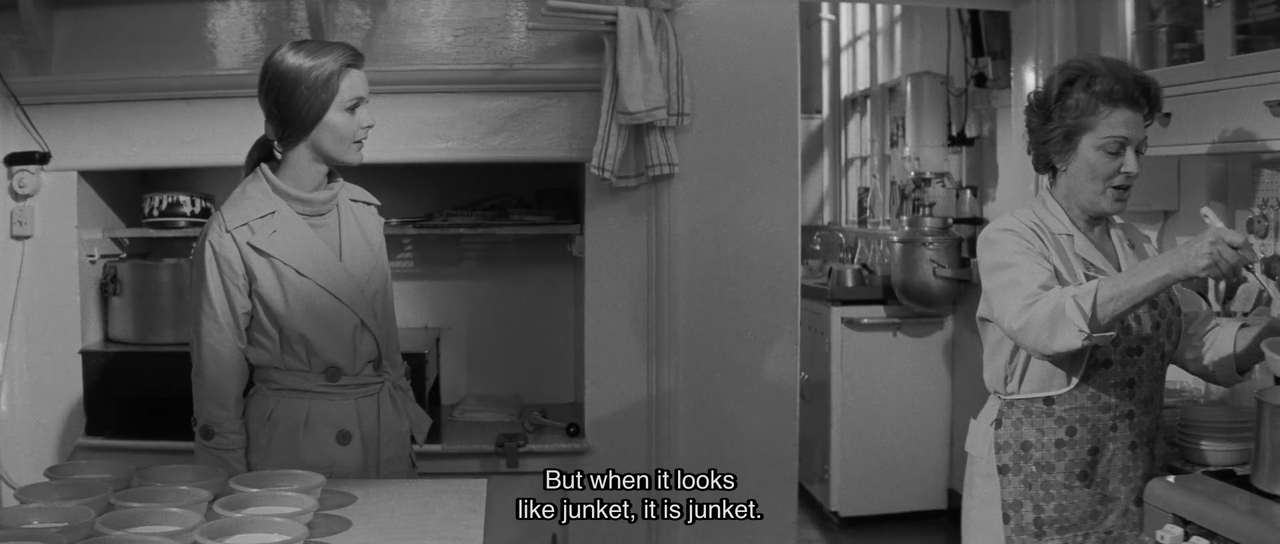
Two women – one young (Carol Lynley), one older (Lucie Mannheim) – in a school's kitchen. The older woman handling the food says “But when it looks like junket, it is junket.“. DP: Denys N. Coop.
– school cook
The Disappearance (Stuart Cooper, 1977)
Jun
21
cereal

Jay Mallory (Donald Sutherland) eats cornflakes in a black-tiled kitchen in Habitat 67. At the other side of their hexagonal table, Celandine (Francine Racette) smokes a cigarette. DP: John Alcott.
“I'll be eating frankfurters and onions. Plenty of tomato ketchup. Chips with lots of vinegar. Few cockles and muscles. Jellied eels, Coca-Cola, beer, the old jukebox, lollipops, all the lot.”The Leather Boys (Sidney J. Furie, 1964)
Jun
12
wedding buffet

Newlyweds Dot and Reggie and friends and family about to dig into the wedding buffet. DP: Gerald Gibbs.
– Pete
